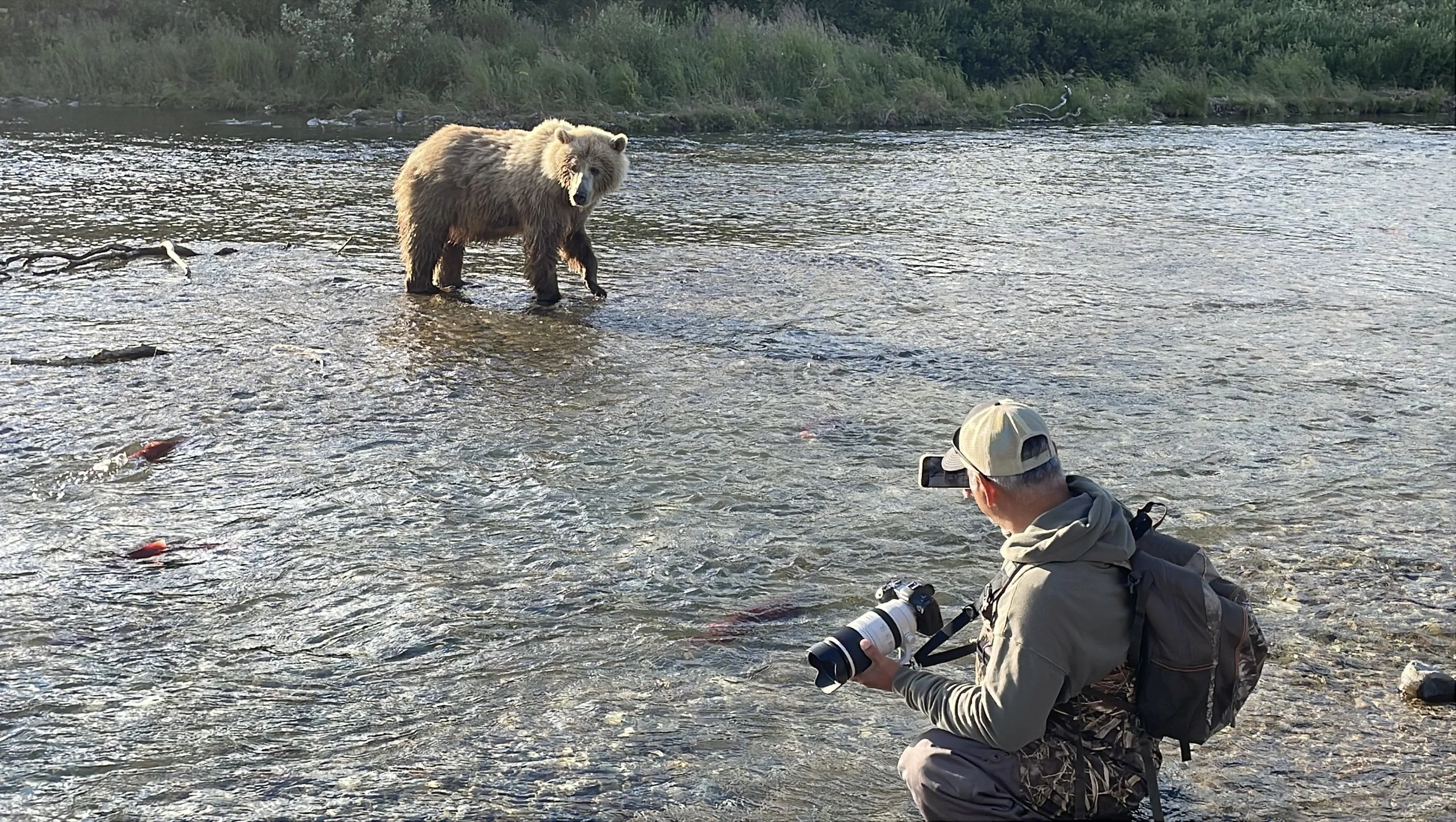January 1st 2017 - Travel day. Headed to Norway. This is going to be a long ass day of travel. I had a 5:30AM wake up. Which was not easy since we stayed up with family past midnight to ring in the new year. Oh yes…happy new year my friends! I want to wish all my friends and crazy shark family all the blessings in the world. 2017 is looking to be an amazing year filled with fun, love and kick ass adventures.
6am snaps taken while at the airport. Told you guys some of this crap would be boring as hell. Follow us on snapchat for more. Eli_sharkguy
Ok so back to travel day. Again I was up at 5:30am. Needed to be at the airport at 6AM for my 8am flight. Thankfully people are smart and stayed home for the 1st, my home airport was very empty. I am excited about getting to Norway, but torn as well. I have to leave my girls for this trip and that is always so hard. Despite living this life, that part never gets easy. But like always, the road and the ocean calls me and so a traveling we must go.
Norway is going to be great…although I am nervous as hell. I know the orcas are in the area, because the activity has been really great. But until I see that first orca. I have trouble relaxing. And even though we see the orcas, it doesn't ease up the stress I will feel. We still need to find good bait ball activity. That is the main reason our guests are going out there with us. To experience that ocean madness and capture photos and video of the experience. My buddy Ernst, is joining us to do a story for Red Bulletin and Terra Mater magazine, so I know he is hoping (needing) for great encounters. Damn it…more pressure.
And I know there are zero guarantees when you are dealing with wild animals. But I cant help feeling pressure for my friends. They travel a long way and are hoping for the best experiences possible. I want to help them do that. That is what I live for. To see their soul’s on fire after having amazing encounters.
Last season we had great bait balls. We had orcas everyday, but out of 6 days in/on the water, we only had two days where the orcas were feeding. The rest of the days they were hunting and running hard. However the magic from those two days was just insane. Here is a quick video from last season and the boys when they got out of the water after one of those days. I do love that shit!
So here we go. I still have another day of travel. My flight leaves JFK at 10:30PM and we do not arrive in Oslo, Norway till 11:30AM the following morning. Ill figure out the time difference later.
I spend the night in Oslo, then catch a puddle jumper to Andenes where I will meet up with our guests. Its going to be great, I have traveled with them all before, so its going to be a nice reunion. Our first day in the water is January 4th. Cant wait to share the beauty of this place with you…and of course the conditions? How freaking cold will it be this year? Last year it was below zero on a few days so we will see what this year will be like. Hopefully, it will be 70 degrees and sunny with orcas feeding on bait balls everywhere…Hey, I can dream!





































































